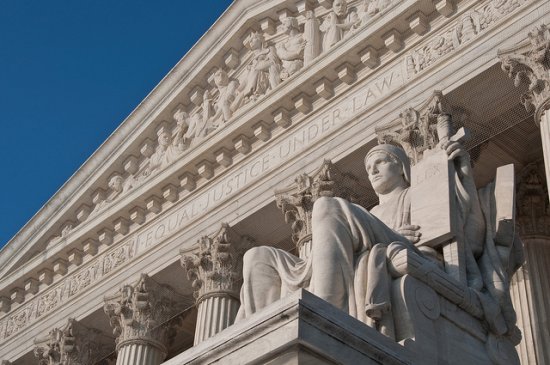
What is lien stripping?
For instance, if your home is worth $150,000 and your first mortgage balance is $155,000 and you have a $20,000 second, you can typically have the $20k debt discharged along with your other unsecured debts, so long as you meet other requirements. You can't get out of the debt simply because you don't want to pay it, but if you are overextended on debt, this is a route open to you – at least for now – through a qualifying Chapter 13 debt repayment plan in North Carolina.
What is the Supreme Court considering?
In most districts, lien stripping has only been allowed in Chapter 13 cases, but in the 11th Circuit, which includes Georgia, Florida and Alabama, lien stripping is also possible. It's the Chapter 7 lien stripping that's currently under consideration by the highest court, but the judgment could also impact Chapter 13 lien stripping or encourage other lenders to fight against Chapter 13 lien stripping as well.
The Supreme Court recently accepted two cases on appeal that involved Bank of America and Chapter 7 lien stripping in Florida, part of the 11th Circuit. The idea behind BOA's appeal is that someday, if the home appreciates enough, there will be enough equity to support the loan. The bank's attorneys wrote in their appeal that lien stripping “may be the single most important unresolved issue in consumer bankruptcy.” Other banks and lenders are expected to support Bank of America's position in the case.
How this could harm consumers
In 1992, the Supreme Court decided that a first mortgage lien could not be canceled in bankruptcy and the consumer keep the property. In simpler terms, if you owed $150,000 on a $100,000 home, there's no way to ditch the mortgage and keep the property in bankruptcy. But you can surrender the property and be released from the mortgage.
But because second mortgages weren't as common when the bankruptcy code was updated, they were not specifically addressed. The ability to strip a second mortgage lien could allow many homeowners deep in debt to keep their homes. Otherwise, more homes will go into foreclosure which could hold back the housing market from recovery.
How filing now could help
If you have a second mortgage and are struggling to pay bills, you can't shed the second mortgage in North Carolina in a Chapter 7, but can in Chapter 13 – at least for now. If you're considering filing bankruptcy, but haven't pulled the trigger, it may be wise to do it now before the Supreme Court rules on this issue. Although SCOTUS takes their time before issuing rulings, caution is wise in case the court expands the limitations on lien stripping to Chapter 13.
